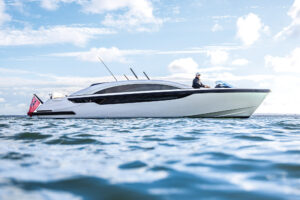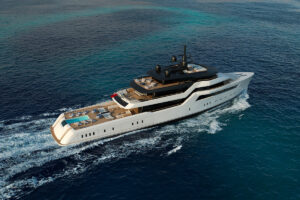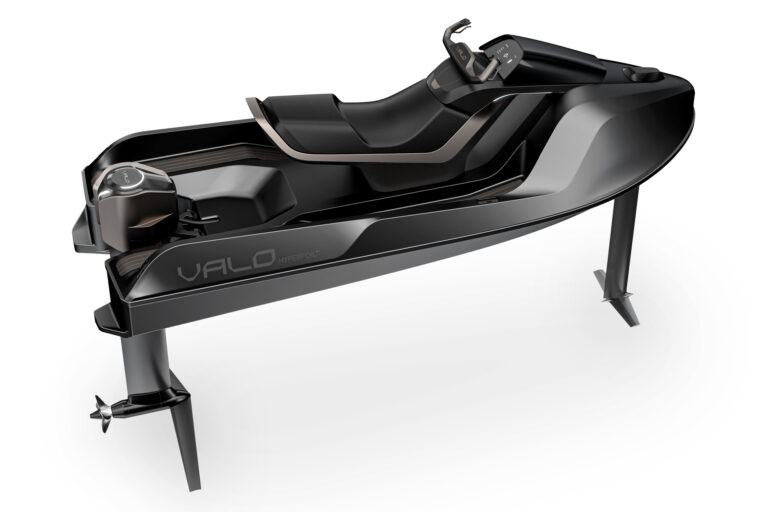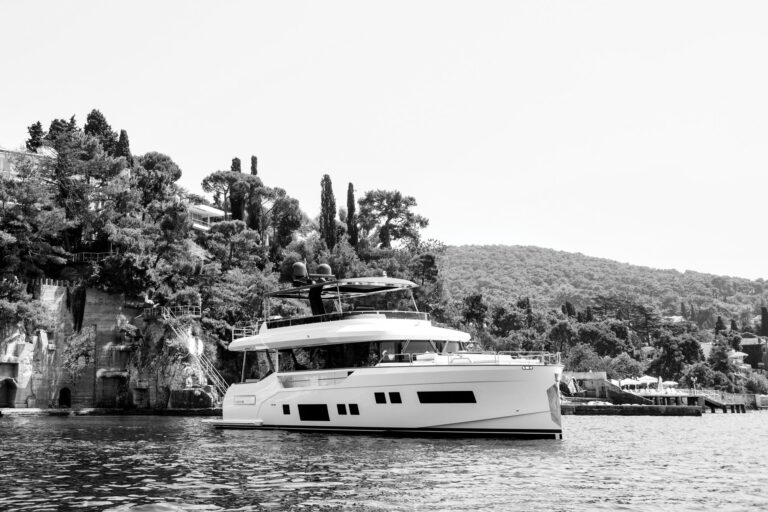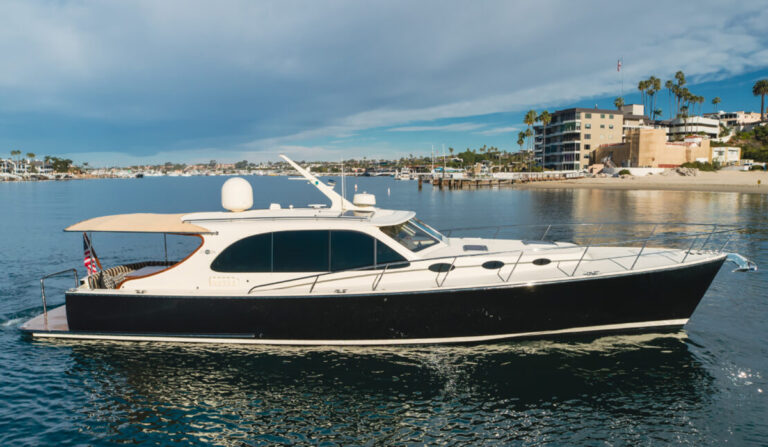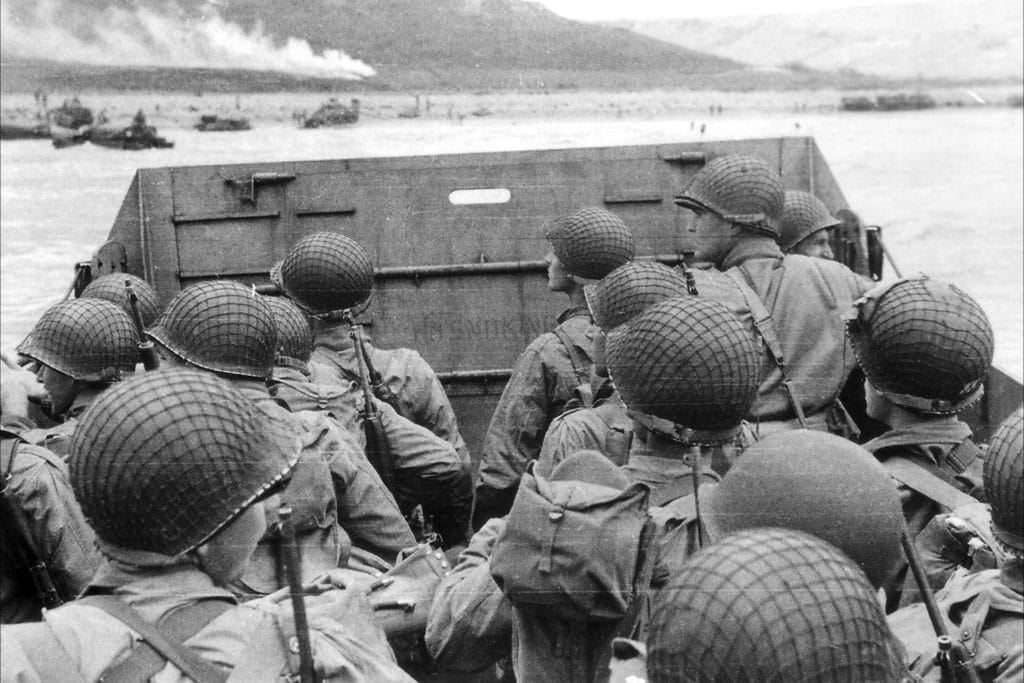
The importance of the Higgins landing craft and its role in World War II cannot be understated. Andrew Jackson Higgins, the creator of the LCVP that helped soldiers storm the shores of Normandy in 1944, was once attributed as “the man who won the war for us” by General Dwight D. Eisenhower.
Higgins’ boat building career began in New Orleans, Louisiana, and Higgins Industries was known for creating watercraft for the shallow bayous in the surrounding area. One of Higgins’ earliest designs was the Eureka boat, or Spoonbills. It was eventually adapted by the U.S. Marine Corp because of its extreme durability and utility. The unique design of the hull, with a shallow draft that allowed the boat to operate in just 18 inches of water, was revolutionary. A heavy-duty block of wood at the bow called the “head log” allowed for near indestructibility when cruising over debris in the water or running aground, and a propeller that was tucked in a tunnel in the hull for protection were features that would prove to be crucial in his next design — the Higgins boat.
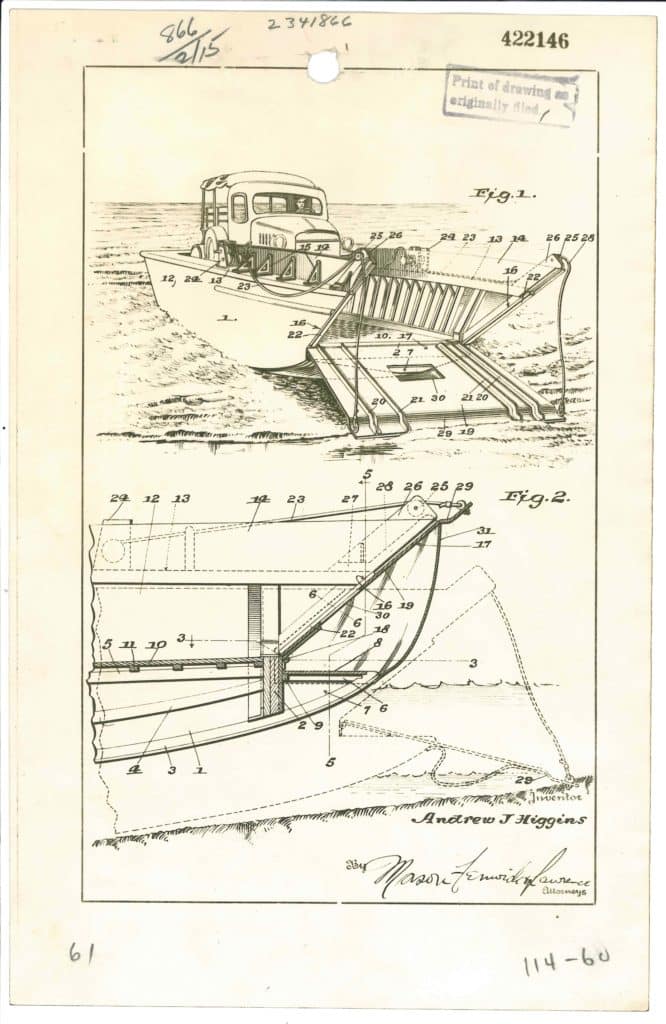
Having already caught the attention of the U.S. Marine Corps, Higgins was recruited to design an evolution of his original Eureka with modifications requested by the military. The boat consisted of a deep-V hull forward and a reverse-curve section amidships and two flat planing sections aft, flanking a semi-tunnel that protected the propeller and shaft. The reverse curve pushed debris away from the hull and the flat sections created a catamaran planing effect which allowed for speed and maneuverability. A bow ramp was added by the U.S. Marine Corps and, thus, the famous D-Day LCVP was born.
At 36 feet LOA with a 10-foot beam, the Higgins boat could hold 36 men and two .30-Caliber machine guns while cruising at 12 knots. The landing craft successfully and swiftly carried thousands of soldiers to the shores of Normandy leading to the eventual defeat of Nazi Germany.

